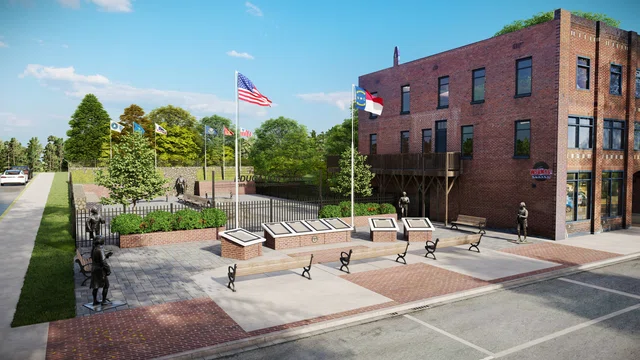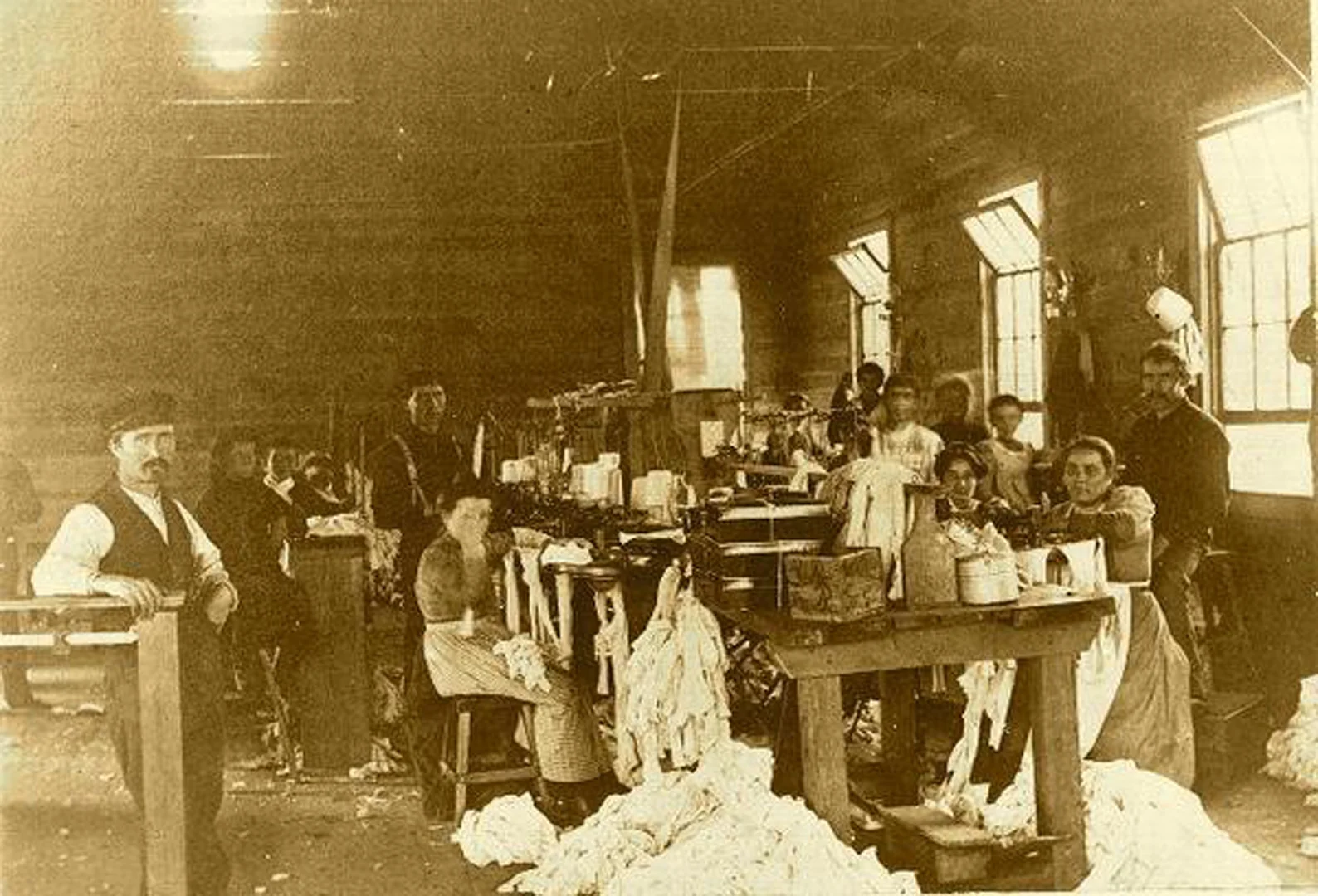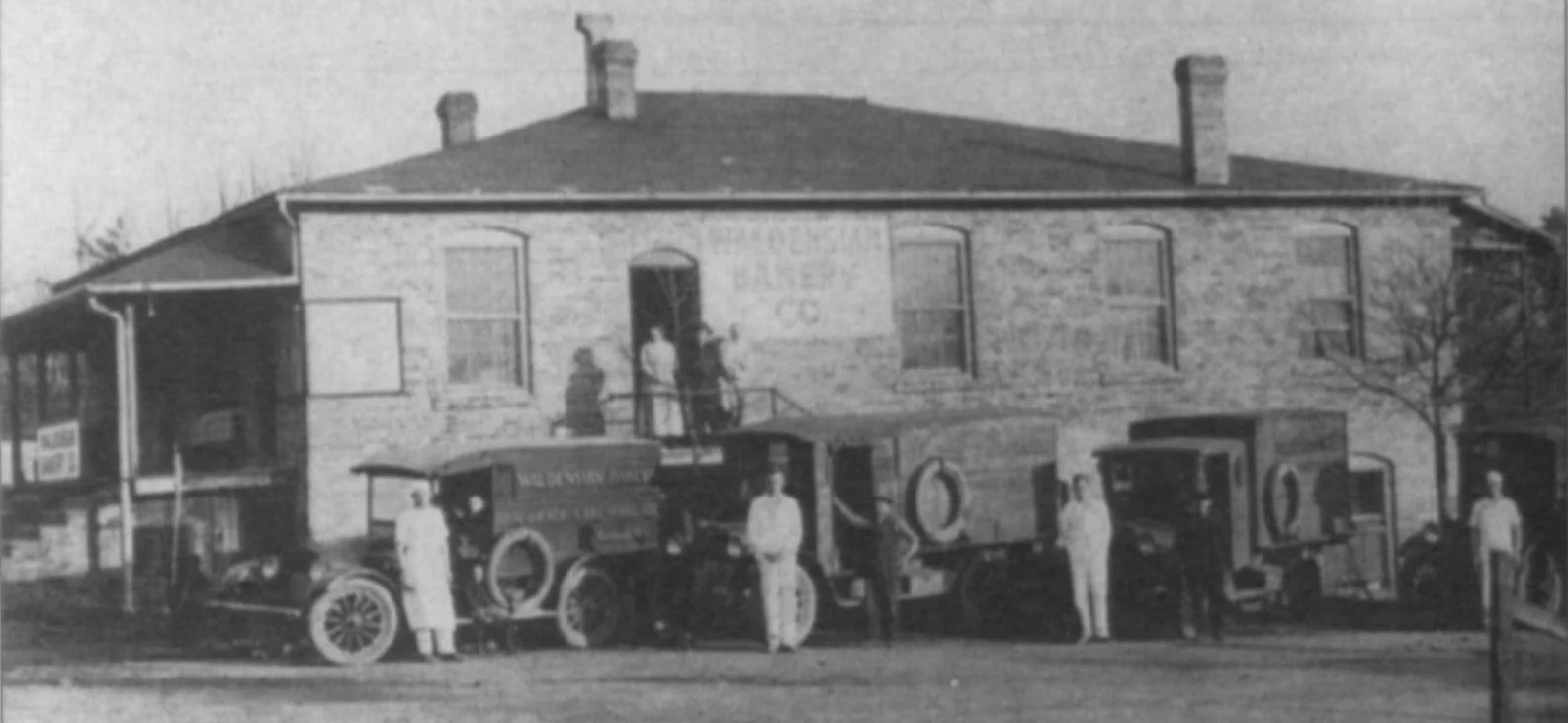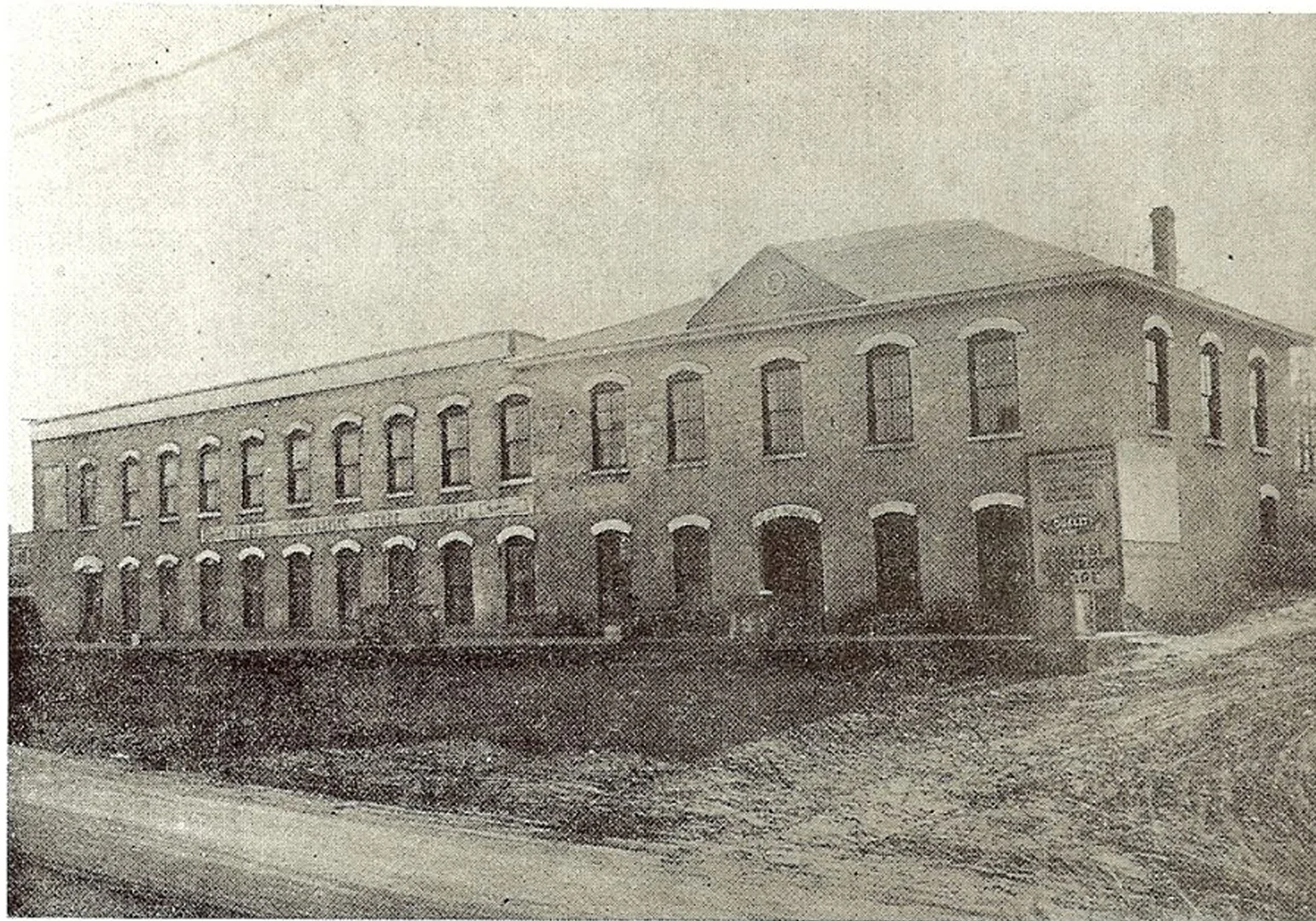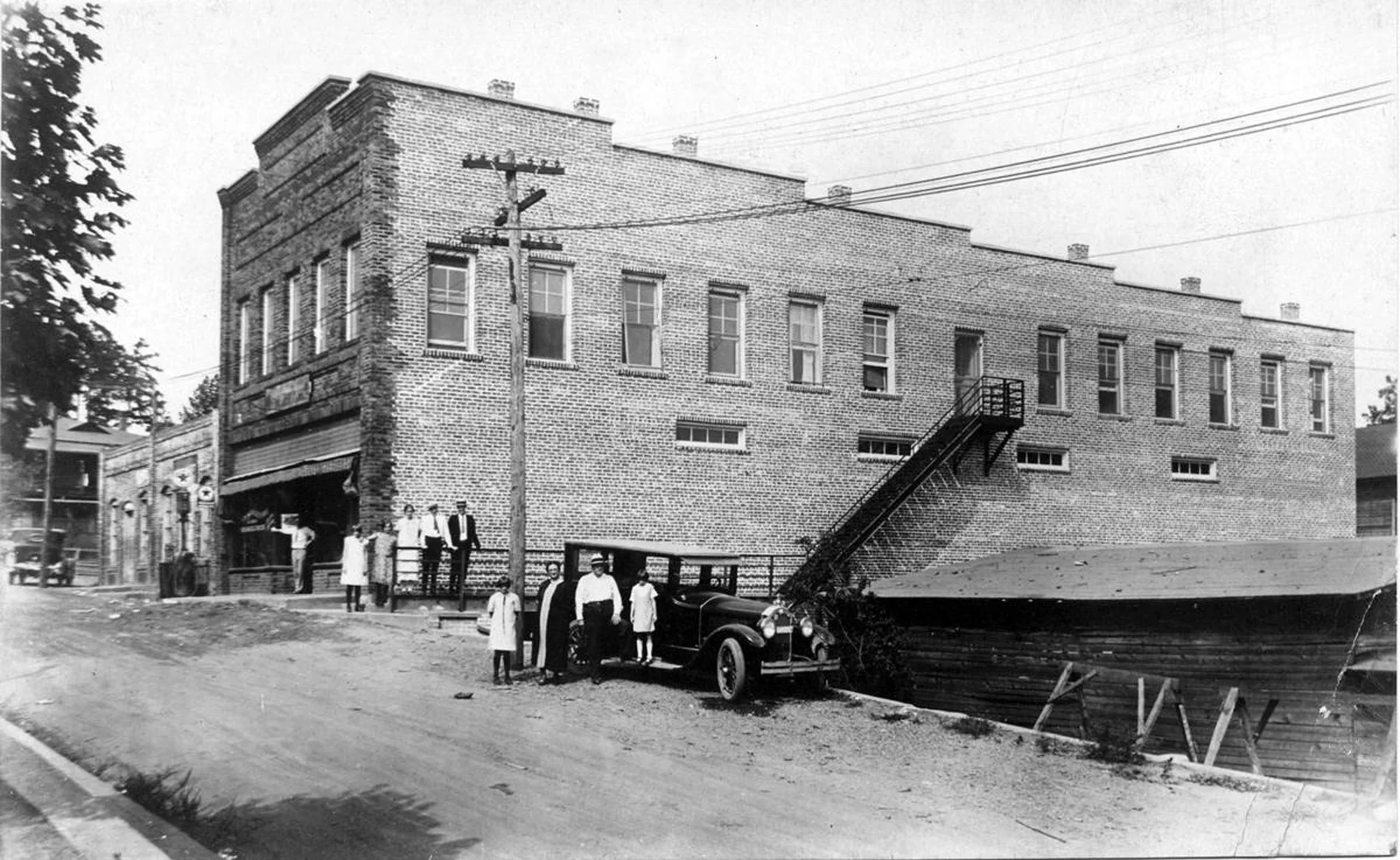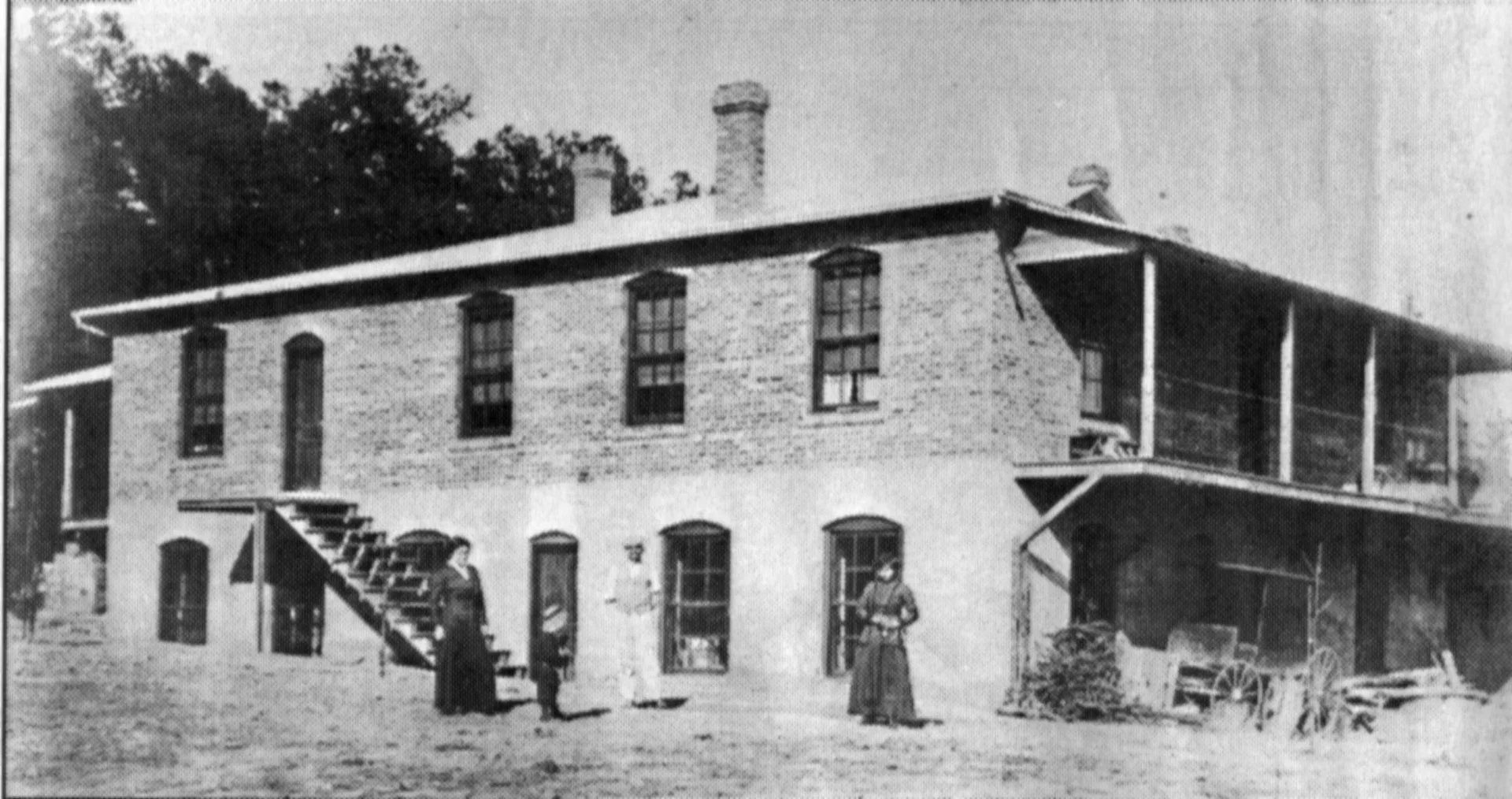The Industry
In writing about the Waldenses, Fred Cranford noted that their plight during that first winter rivaled the hardships they had faced in Italy. In dire poverty, facing starvation, they had no choice but to send their children to other towns to work in homes or stores or mills or whatever jobs they could find so that they might at least "have warm beds and nourishing meals, and they could send home a few coins a month for the other members of the family, who were by then living on a diet mainly of cornbread and molasses."
Thus, the older generation continued to wrestle with the stones, the stumps, the stubborn soil, and the sawmill while teenagers and younger adults left home to find sustenance for the colony from outside. the success of the colony depended upon their leaving no stone unturned in finding any available source of income. Consequently, some left the state; some found work in towns nearby, such as Morganton, Salisbury, and Charlotte.
One of the latter was Jean Jacques Leger's eighteen-year-old daughter, Louise who left Valdese in January of 1894 to work as a domestic in the home of John Meier, superintendent of the Oats Hosiery Mill in Charlotte. Perhaps it was through Miss Leger that Meier became interested in the Valdese colony.
Or more likely, it was Dr. Matteo Prochet who brought Meier into the Valdese story. In the winter of 1893, Prochet lectured in Charlotte - a well-publicized event likely to have caught the notice of the Swiss-born Meier. In some way the two met; and, knowing first-hand the dire state of the colonists - having spent a week in the colony at Christmas time - Dr. Prochet apparently seized the opportunity to induce Meier to consider an industrial venture in Valdese.
However, the connection was made, in May of 1894 the Valdese Corporation approved a contract Prochet had drawn up with Meier to start a hosiery manufacturing business. The five-year agreement granted free use of four acres of land with a two-story frame barn to house his machinery and assured rough lumber for remodeling. He promised good wages and agreed to hire only Waldenses. If the business grew large enough to require labor other than Waldenses, Meier could hire them only with approval from the Corporation.
Waldensian Hosiery Mills - 1901
Valdese Manufacturing Company - 1913
The Waldensian Bakery - 1915
Valdese Cooperative Store - 1917-1938
Brinkley & Sons - 1920's
“What Mean These Stones” – Maxine McCall & Kays Gary
Copyright © 1993

The Game of Bocce

Next Level Training by Mindy Melott, LLC

Dog Park
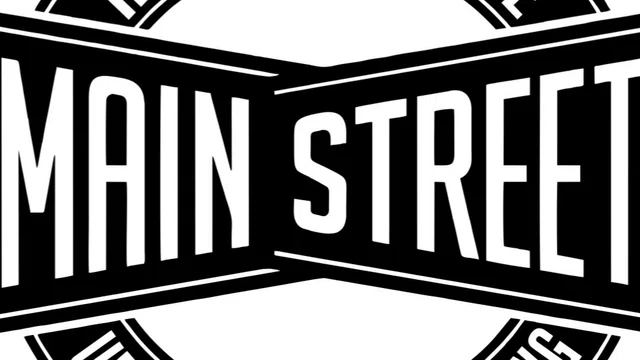
Main Street Upholstery

Heritage Funeral Services

Edward Jones Financial Services

Mitchell Blackwell and Mitchell

Clontz Family Dentistry
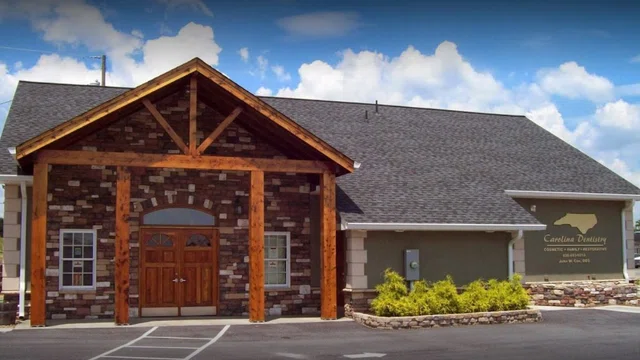
Carolina Dentistry

Burke County Public Library: Valdese Branch
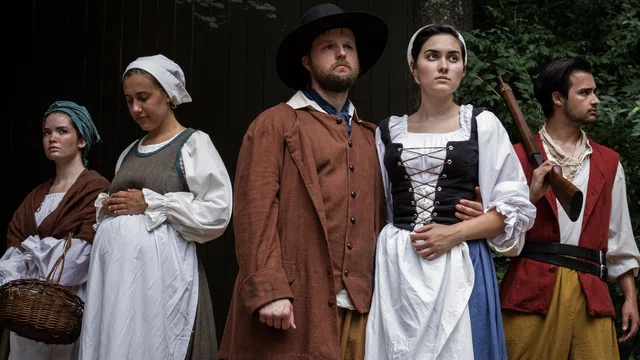
Outdoor Drama
